
Creating a home bar is an exciting project that can add both functionality and style to your living space. Whether you're a casual entertainer or a cocktail enthusiast, a well-designed home bar can be the centerpiece of your gatherings. In this step-by-step guide, we’ll explore the key elements of home bar design to help you build a space that suits your needs and reflects your personal style.
Determine the Location
The first step in your home bar design is to decide where it will be located. Consider the space available in your home and how the bar will fit into your existing layout. Popular locations for a home bar include the living room, dining room, basement, or even an outdoor patio. Think about the foot traffic and how the bar's location will affect the flow of your home. Ensure that the chosen spot has enough room for the bar itself, seating, and any additional features you may want to include, such as a mini-fridge, sink, or wine cooler.
Accessibility to utilities like water and electricity is crucial if you plan to install these features. Additionally, consider the proximity to your main entertaining areas to make serving and socializing convenient. Think about the natural lighting and ambiance of the space; for example, a bar in a basement might benefit from strategic lighting to create a warm and inviting atmosphere. By thoughtfully selecting the location, you can create a home bar that is both functional and seamlessly integrated into your home’s layout.
Choose a Bar Style
Selecting a style for your home bar is an exciting step that sets the tone for the entire design. There are various styles to choose from, each offering a unique ambiance. Modern bars feature sleek lines, minimalistic designs, and often incorporate materials like glass and metal. Traditional bars, on the other hand, might include rich wood finishes, ornate details, and a more classic look. Rustic bars use natural materials such as reclaimed wood and stone, creating a cozy and inviting atmosphere.
Industrial bars incorporate metal, exposed pipes, and raw, unfinished elements for a trendy and edgy look. When choosing a style, consider the existing decor of your home and how the bar will complement it. Your choice should reflect your personal taste and the ambiance you want to create for your guests.
Plan the Layout
Once you’ve chosen the location and style, it’s time to plan the layout of your home bar. Consider the essential components: the bar counter, storage for bottles and glassware, and seating. The bar counter should be at a comfortable height, typically around 42 inches, with enough depth to prepare and serve drinks. Allocate space for shelves or cabinets to store liquor, mixers, and bar tools.
Additionally, ensure there’s enough seating for your guests, whether it’s bar stools or lounge chairs. Proper layout planning helps maximize the functionality and flow of your home bar, ensuring a seamless and enjoyable experience for both you and your guests.
Select the Right Materials
The materials you choose for your home bar can significantly impact its look and durability. For the bar counter, popular materials include granite, marble, wood, and stainless steel. Each material has its pros and cons; for example, granite and marble are elegant and durable but can be expensive, while wood offers a warm, classic look but may require more maintenance.
For storage, consider sturdy and stylish options such as glass-front cabinets or open shelving. The materials should not only complement the bar’s design but also withstand the wear and tear of regular use, ensuring longevity and sustained visual appeal.
Equip Your Bar with Essentials
No home bar is complete without the right equipment. Start with the basics: a set of high-quality glassware, including wine glasses, cocktail glasses, and beer mugs. Essential bar tools include a shaker, strainer, jigger, muddler, bar spoon, and bottle opener. Depending on your preferences, you might also need a blender for frozen drinks, a cocktail smoker for unique flavors, and a wine opener. If space allows, include a mini-fridge or wine cooler to keep your beverages chilled and ready to serve.
Stock your bar with a variety of spirits, mixers, and garnishes to be prepared for any cocktail your guests might request. Additionally, consider incorporating items like cocktail napkins, coasters, and a cocktail recipe book for added convenience and style.
Add Personal Touches
Personalizing your home bar makes it unique and reflective of your style. Decorate the space with items that showcase your personality, such as framed art, neon signs, or vintage barware. Consider installing specialized lighting to create the perfect ambiance; LED strips, pendant lights, or under-cabinet lighting can add a stylish and functional touch.
Displaying a collection of your favorite spirits or themed glassware can add a personal touch that resonates with your interests. If you have a favorite sports team or hobby, integrate related memorabilia or decor elements. These personal touches can turn your home bar into a welcoming and enjoyable gathering spot, making it a place where you and your guests can create lasting memories.
Maintain and Enjoy Your Home Bar
After designing and setting up your home bar, it’s important to maintain it properly to ensure it remains a functional and inviting space. Regular maintenance includes cleaning surfaces, organizing glassware, and restocking supplies. Wipe down the bar counter, shelves, and seating areas frequently to keep them free of dust and spills.
Additionally, inspect your bar tools and equipment periodically to ensure they are in good working order and replace any items as necessary. Beyond maintenance, take the time to enjoy your home bar. Host gatherings with friends and family, experiment with new cocktail recipes, and take pride in the space you've created. Your home bar is not only a functional addition to your home but also a place to unwind, socialize, and make memories.
Designing a home bar involves careful planning and attention to detail. By determining the location, choosing a style, planning the layout, selecting the right materials, equipping with essentials, adding personal touches, and maintaining the space, you can create a stylish and functional home bar that enhances your home and lifestyle.

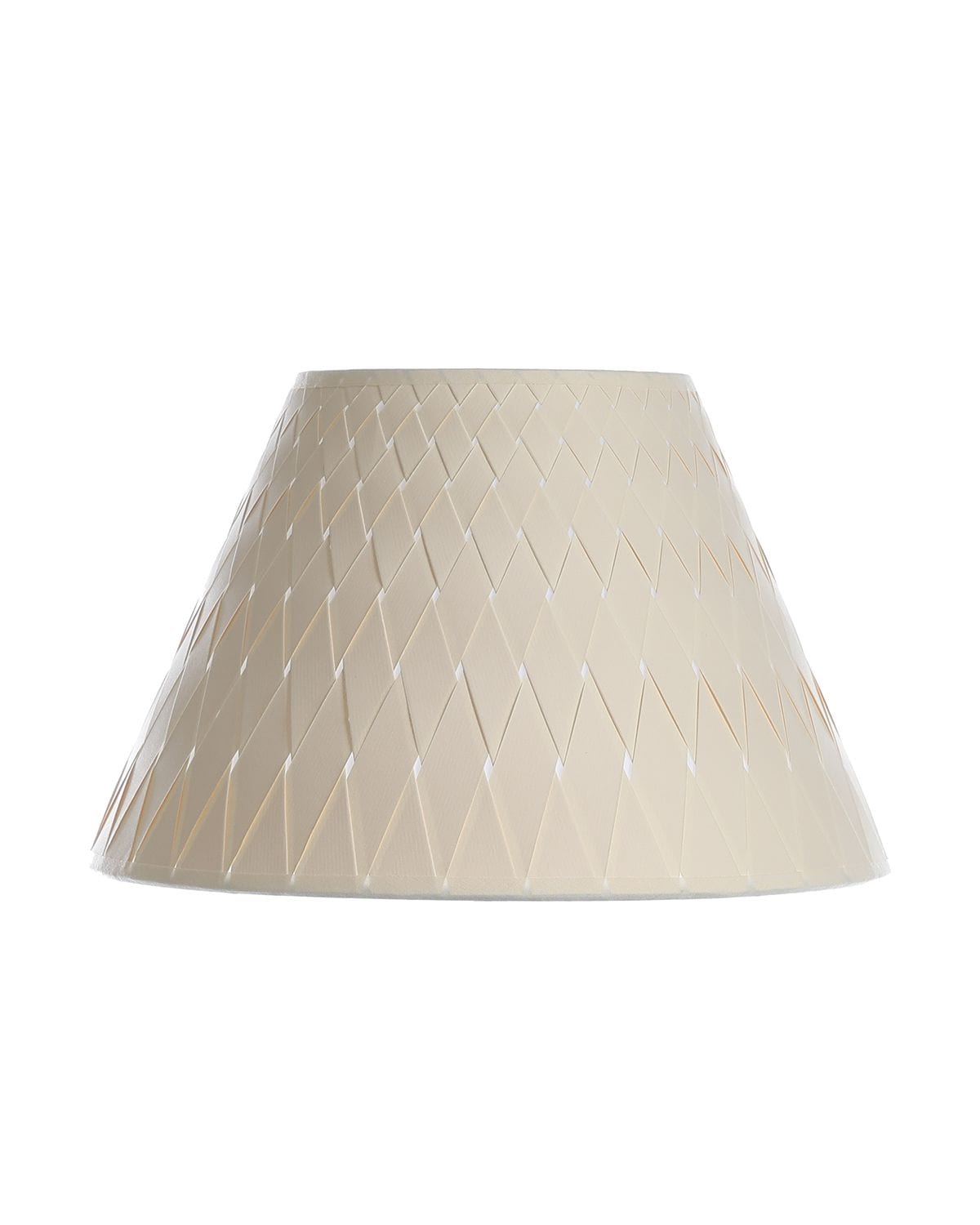
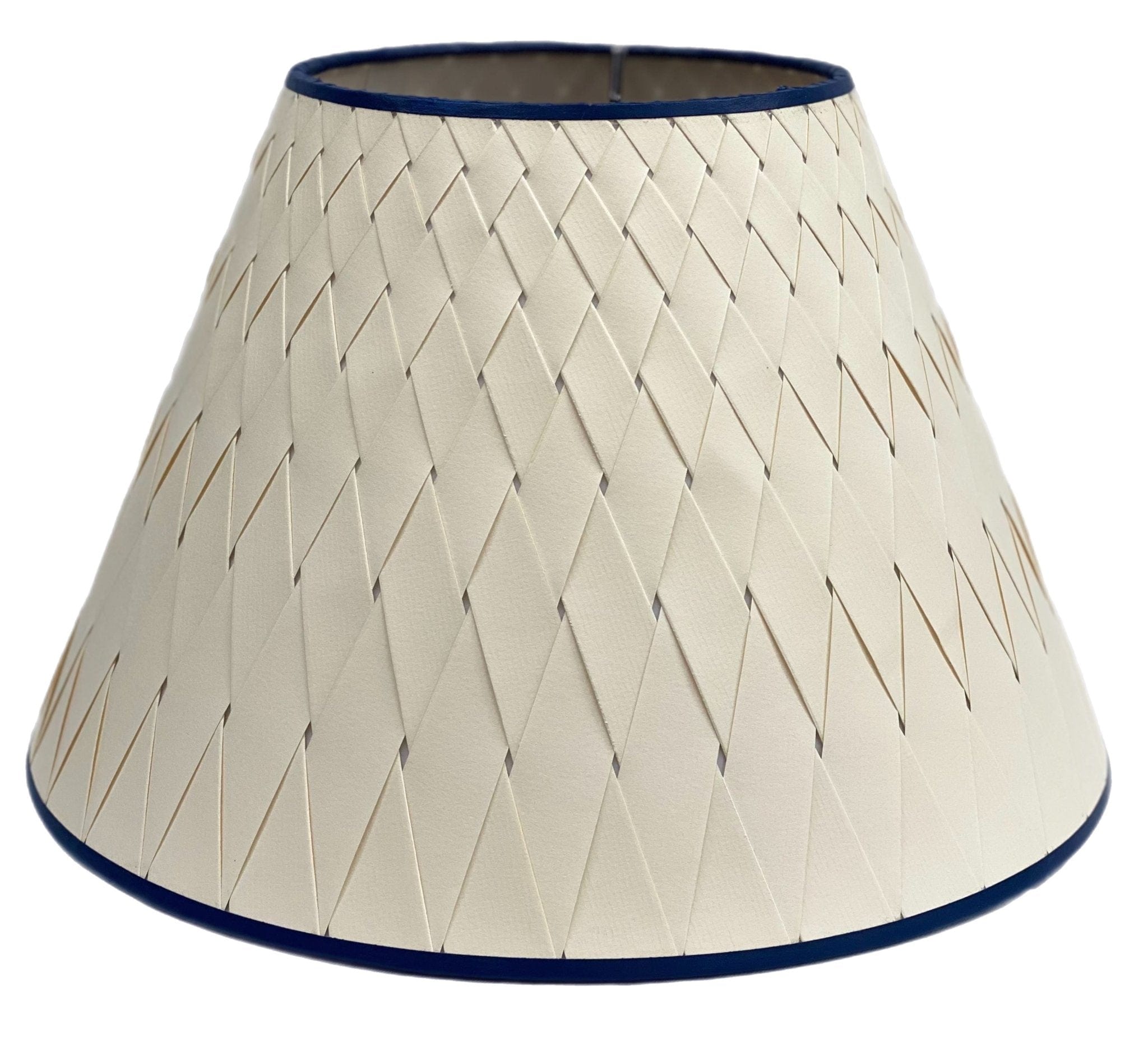
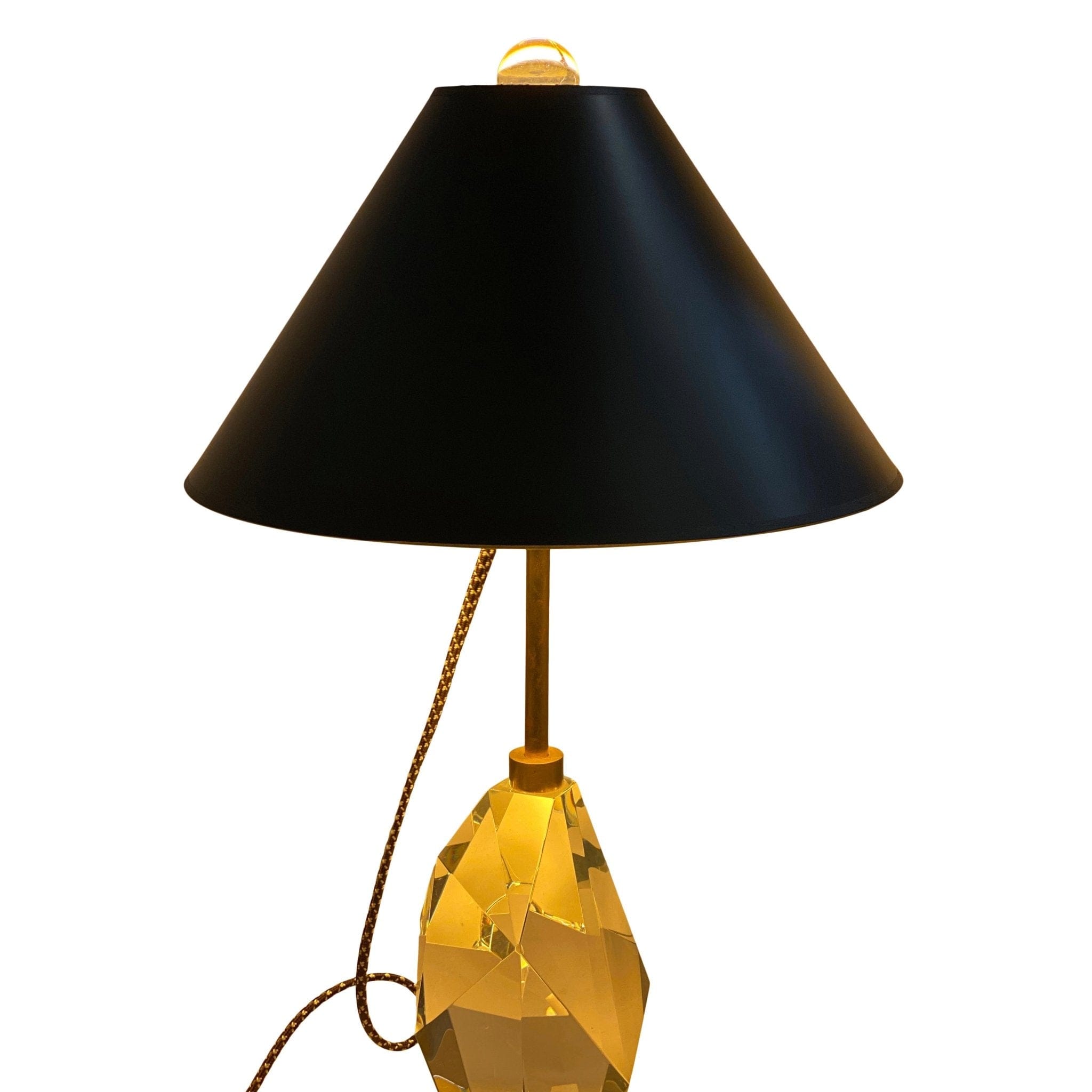
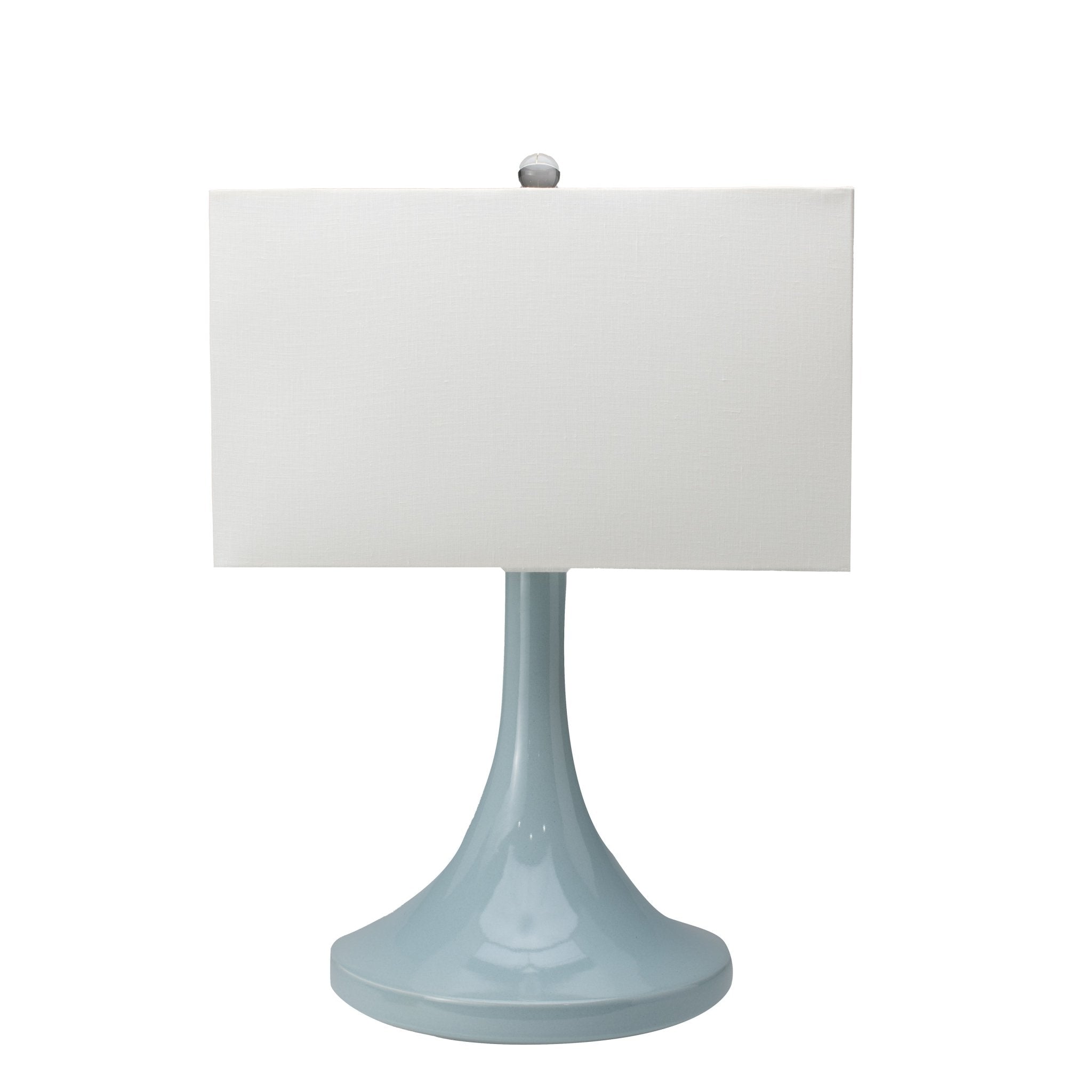

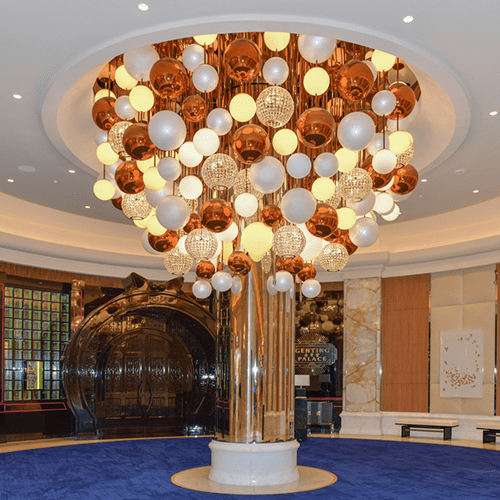
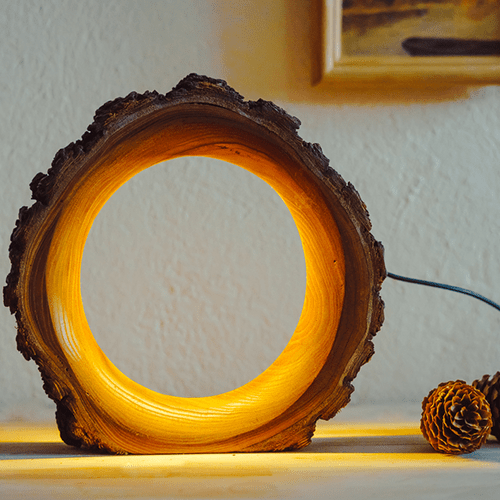
Leave a Comment
Your email address will not be published. Required fields are marked *